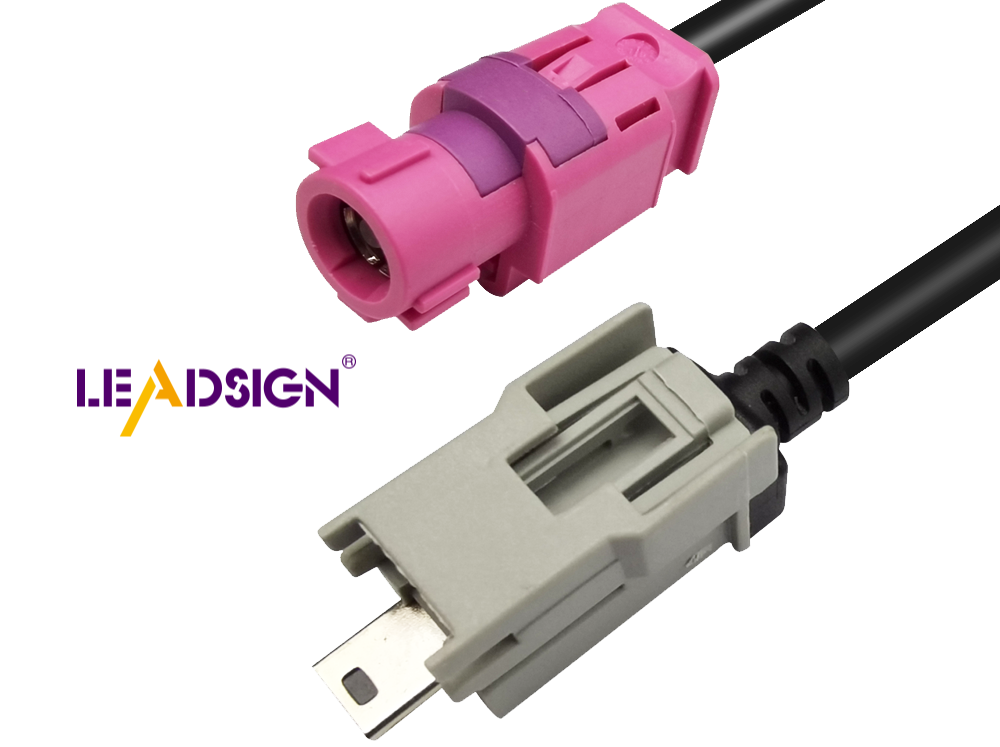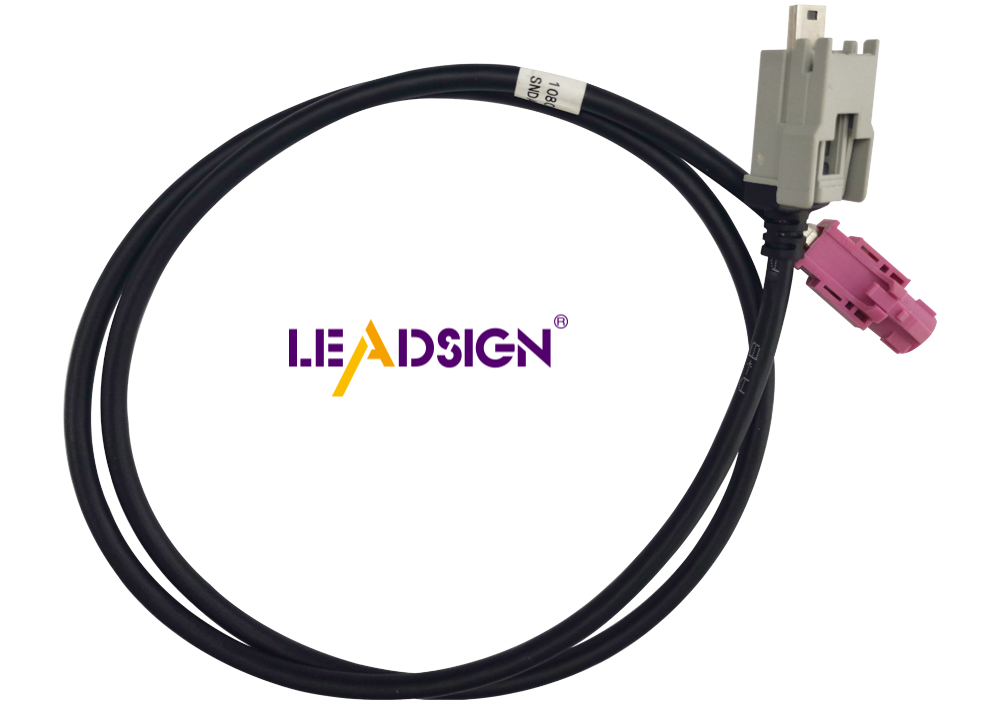Customer Favorites: HSD Cables Reviewed

The HSD cables are essential for data transmission, especially in automotive applications where they connect infotainment systems and other components. These cables ensure seamless communication, making the selection of the right cable crucial. Customer preferences highlight the most effective options, focusing on performance, durability, and user-friendliness. Coaxial cable connectors and RF cable characteristics frequently stand out, contributing to the reliability and efficiency of HSD cables.
Understanding HSD Cables
What are HSD Cables?
Definition and technical specifications
HSD cables mean HSD cables High-Speed Data cables. They send data quickly. Engineers make them carefully. These cables work from DC to 6GHz. Their impedance is 100 Ohm. This helps data move well.
Common uses and applications
HSD cables are used in many areas. Car industries need them a lot. Infotainment systems use these cables. Driver assistance systems need them too. GPS and navigation systems connect with them. Multimedia and cameras also use HSD cables.
Importance of HSD Cables in Modern Technology
Role in data transmission
HSD cables are key for sending data fast. They keep connections quick and steady. Users get smooth data flow with them. HSD cables cut down on data loss. They support high-speed talks.
Advantages over traditional cables
HSD cables have many benefits. Old cables aren't as fast. HSD ones move data quicker. They handle lots of info well. Users see better performance with these cables. They're more durable too.
Top Customer Favorite HSD Cables

Cable A
Features and specifications
Cable A works really well. It’s made for fast data transfer. It handles frequencies from DC to 6GHz. Its impedance is 100 Ohm, helping data move smoothly. The strong design stops wrong connections. It's small, fitting in tight spots easily. Colors help you tell it apart.
Customer feedback and reviews
People like Cable A's reliability. They enjoy secure connections with less data loss. Installing it is easy and praised by users. The cable lasts a long time too. Reviews say it's great for cars.
Cable B
Features and specifications
Cable B is very flexible. It manages many signals well. It works from -40°C to +125°C temperatures. It can be used 25 times without problems. Made to last long, it’s safe with 60 V RMS voltage. Crimp connections make it stronger.
Customer feedback and reviews
People love how Cable B performs everywhere. Its durability impresses them a lot. Buyers find it cost-effective and worth the money over time.
Cable C
Features and specifications
Cable C is easy to use. The funnel helps install it quickly. Locks keep it secure, while plastic domes protect pins inside.
Customer feedback and reviews
Users find Cable C simple to set up and reliable over time.
Comparing Customer Favorites
Performance Comparison
Speed and efficiency
HSD cables move data fast. Cable A connects quickly. Users see smooth work. Cable B manages many signals well. Cable C keeps speed steady. Each cable makes data flow easy.
Durability and reliability
Strong cables last long. Cable A is tough. People trust it to last. Cable B handles hot and cold well. Buyers like its strength. Cable C locks safely. Users find it reliable.
Price and Value
Cost-effectiveness
Price matters for cables. Cable A is a good deal. People like its quality. Cable B saves money over time. Buyers think it's smart to buy. Cable C works well for its price.
Long-term investment
Buying HSD cables is smart. Cable A lasts a lot of uses. Users enjoy steady work from it. Cable B supports many connections often. Buyers see it as wise to choose. Cable C stays strong over time.
Common Questions
Installation and compatibility
HSD cables must be installed right. Make sure connectors fit devices. A good fit stops data loss. Check cable length carefully. Right length prevents pulling. Use color codes to match connections easily.
Compatibility is very important. Ensure the cable supports device needs. Look at frequency and impedance. These affect data speed. Confirm cable suits the environment. Temperature and humidity can change performance.
Maintenance and troubleshooting
Regular checks keep HSD cables working well. Look for wear or damage on cables. Replace bad ones quickly. Clean connectors for good contact. Dust can make connections weak.
Fixing common problems saves time. If data slows, check connections first. Loose ones cause trouble often. Test with another device to see if it's the cable or device issue. Keep a spare cable ready to reduce downtime.
Coaxial Cable Connectors and RF Cable
Understanding Coaxial Cable Connectors
Coaxial connectors are key in tech. There are different kinds. BNC is good for video. F-type works with TVs. RCA fits audio systems. Each has its own job. Picking the right one helps data move well.
Importance in data transmission
Coaxial connectors help send data well. Good connections stop signal loss. High-quality ones keep signals strong. Installing them right stops problems. Good connectors make things work better. Users get better links with the right pick.
RF Cable in HSD Applications
Role in enhancing connectivity
RF cables help HSD connections a lot. They handle high signals well. Strong links mean fast data moves. RF keeps talks steady. Users see fewer breaks in service. Better links make systems work great.
Benefits over other cable types
RF cables have many pluses. They block interference better than others do. They're tough in hard places too. RF handles lots of frequencies well, making them useful and trusted by users.
Customers really like these HSD cables. Each one is special. Cable A is very reliable. Cable B is super strong. Cable C is easy to set up. Pick the cable that fits your needs best. Think about how well it works, its price, and how simple it is to use. HSD cables will keep getting better. New technology will need quicker and stronger connections. Choose the right cable now to stay ahead. Your choice affects how well data moves.
See Also
Optimizing Technology: Harnessing the Power of HSD Cables
Unlocking Entertainment: Harnessing HSD for USB Connectivity
Advantages of HSD Connectors for Fast Data Transmission

